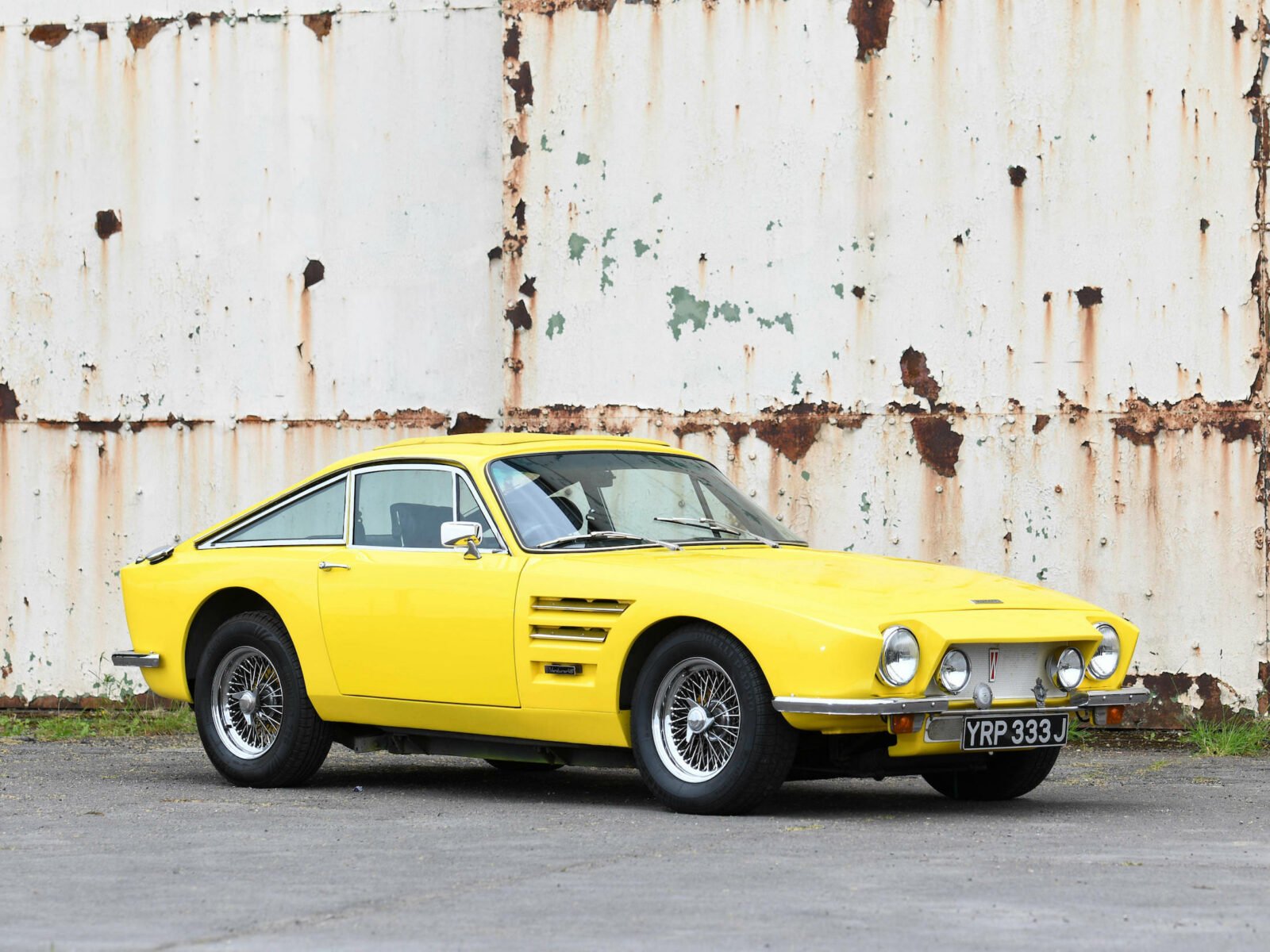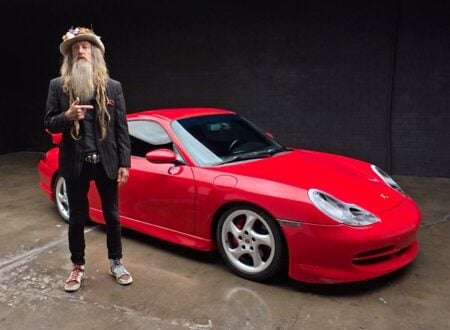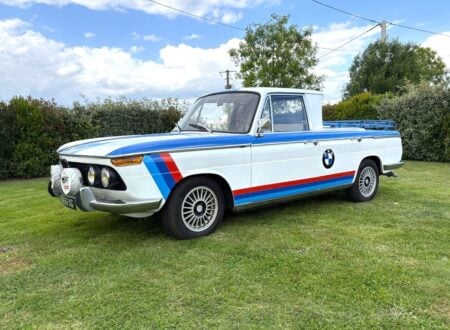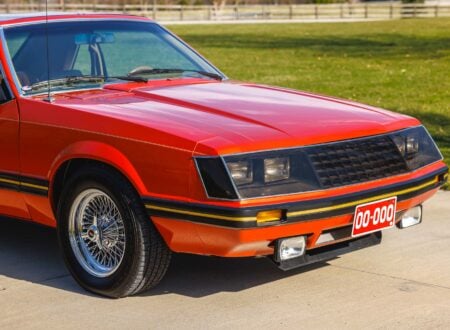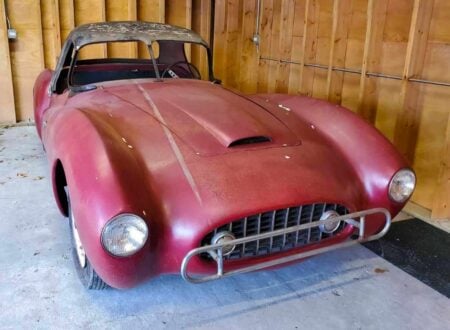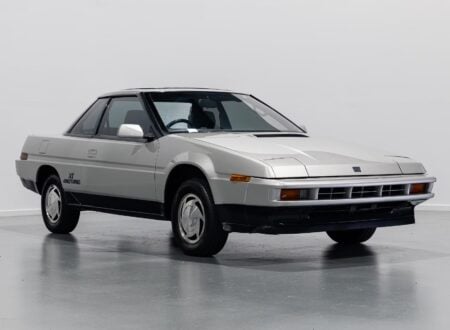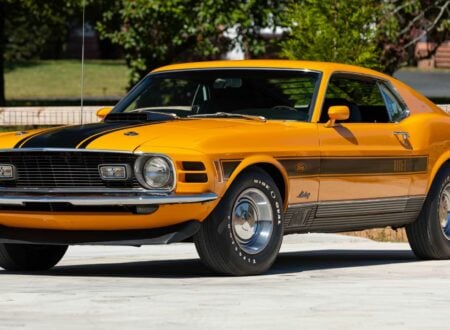This is one of just 84 examples of the Trident Venturer that were made before production was shutdown as a result of the financial turmoil that gripped Britain throughout the 1970s.
If it wasn’t for the state of the wider economy, the Trident Venturer could very well have been a hit. It offered four wheel independent suspension, a Ford Essex V6 hooked up to a manual gearbox, and it was fitted with a lightweight fiberglass body.
Fast Facts – The Trident Venturer
- The Trident Venturer was one of three models made by the Suffolk, England-based boutique automaker Trident Cars Ltd between 1967 and 1977. The other two models were the Trident Clipper and the Trident Tycoon.
- The origin story of Trident centers around one of TVRs financial collapses, specifically the one that took place in the mid-1960s. The rights to the TVR Trident Coupé, which had been shown to the world at the 1965 Geneva Motor Show but never put into production, were passed to one of TVR’s dealers, W.J. (Bill) Last, who founded Trident Cars Ltd. to build the car.
- Trident released the Clipper in 1967, it was built on a copy of the Austin-Healey 3000 chassis and power was provided by a 4.7 liter Ford V8. Thanks in part to the lightweight fiberglass body the car was exceptionally quick, with a top speed of 150 mph (240 km/h) and a 0-60 mph time of just 5 seconds.
- Trident would later release the Venturer with a very similar body to the Clipper but now based on the Triumph TR6 chassis and powered by the 3.0 liter Ford Essex V6. Their final car would be the Trident Tycoon which was based on the same TR6 chassis but powered by the 2.5 liter Triumph straight six.
Trident Cars
Trident Cars Ltd. was founded in the mid-1960s, it essentially rose out of the ashes of TVR which had gone bust again, leaving the rights to a new but never released TVR model to one of their dealers – W.J. (Bill) Last.
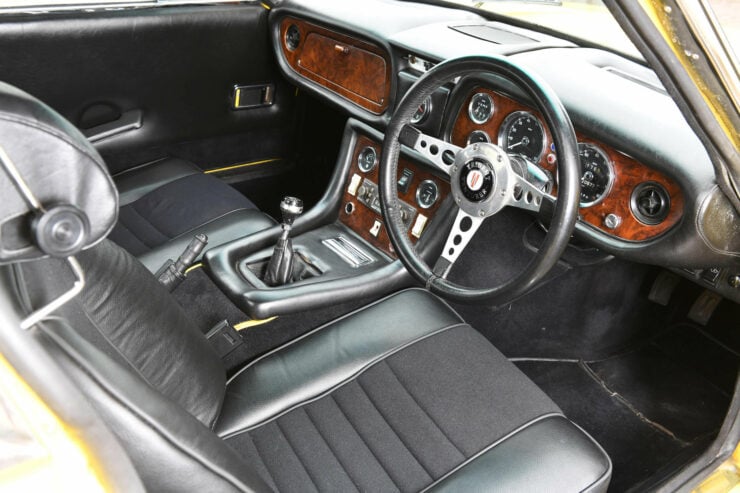

TVR had first shown the Clipper design to the world at the 1965 Geneva Motor Show. The car featured all-new styling by English designer Trevor Frost (also known as Trevor Fiore), with a body made from steel and aluminum in Italy by Carrozzeria Fissore.
Sadly, this TVR would never reach production. Financial turmoil, a curse that seems to follow TVR like a shadow on a sunny day, resulted in the company closing down before the car could be put into production. With the rights to the Clipper now in his lap, Bill Last set up production at the facility where he was previously building the Peel Viking Sport.
With a limited budget and few development resources, Last and his team simply copied the chassis from the Austin-Healey 3000, added some modifications, and then created moulds to produce the Clipper body from fiberglass rather than metal.
The engine was sourced from Ford, it was their ever-popular 289 cubic inch V8 which was also being used to power the Shelby Cobra and the Ford Mustang. This engine was mated with a manual transmission and thanks to the low curb weight of the Clipper performance was brisk.
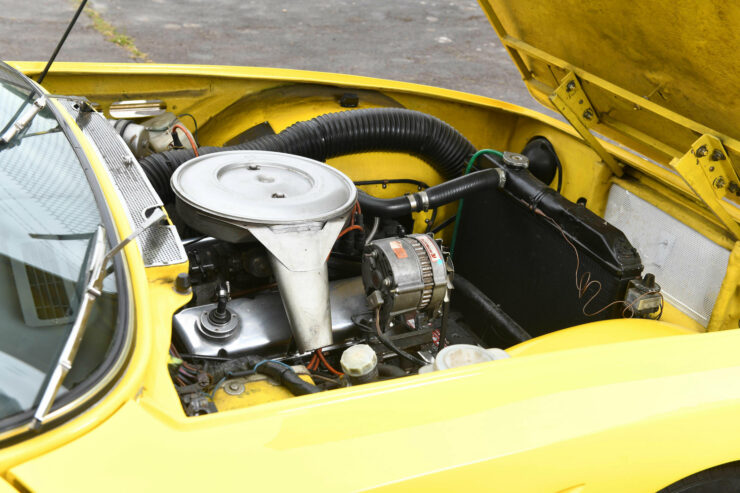

The Trident Clipper had a top speed of 150 mph (240 km/h) and a 0-60 mph time of just 5 seconds, which put it among the fastest sports cars in the world at the time.
The Arrival Of The Trident Venturer
The second car from the company, the Trident Venturer, was announced in 1969.
The Venturer had a similar body to the earlier Clipper, but it was based on the more advanced Triumph TR6 chassis, which had independent four wheel suspension on coil springs, offering better handling than its predecessor.
Power was provided by the 3.0 Ford Essex V6 which was mated to a manual transmission. The body was fiberglass as with the earlier Clipper model, and performance was reported as excellent by the standards of the time. Handling was improved due to the lower weight of the V6 compared to the V8, because of the independent suspension front and back, and the improve chassis.


There were some issues with Trident Venturer production however they weren’t the fault of Trident management, they were the result of strikes and industrial action at Ford in the UK that caused significant delays to Essex V6 arrivals.
Partly as a result of this, the company developed the Trident Tycoon. This car was largely the same as the Venturer right down to the TR6 chassis, but instead of thew Essex V6 they fitted them with the 2.5 liter inline-six engine that was used in the TR6.
The End Of The Line
In total, Trident would produce 39 Clippers, 84 Venturers, and 7 Tycoons before production finally ceased forever in 1977. Almost all of these cars were sold as kits which were then assembled by the owners, making them cheaper than sports cars built by major manufacturers and sold off showroom floors.
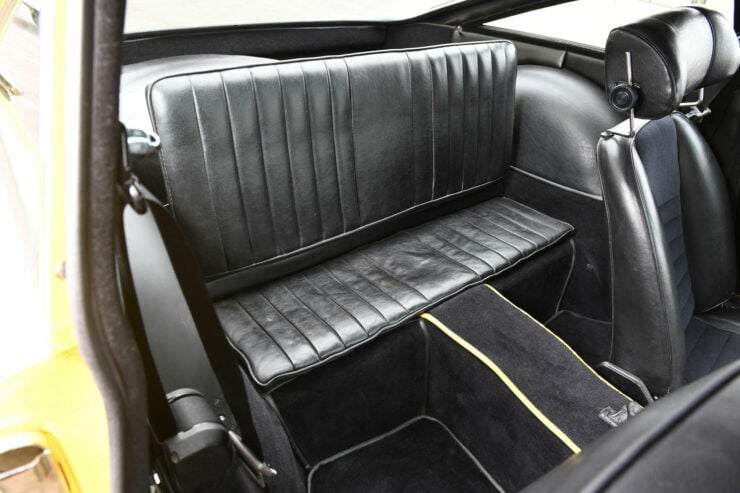

It’s not known exactly how many Tridents have survived to the modern day, it’s one of the rarer marques from the 1960s and 1970s, and they typically sub shoulders with cars from Lotus, Marcos, TVR, and Ginetta.
The 1971 Trident Venturer Coupe Shown Here
The car you see here is a 1971 Trident Venturer coupe that remains well-known in Trident circles thanks to the fact that it belonged to a senior member of the Trident Car Club from 1988 to 2021. It was regularly shown at events and it tended to stick in people’s memories thanks to its bright yellow color scheme.
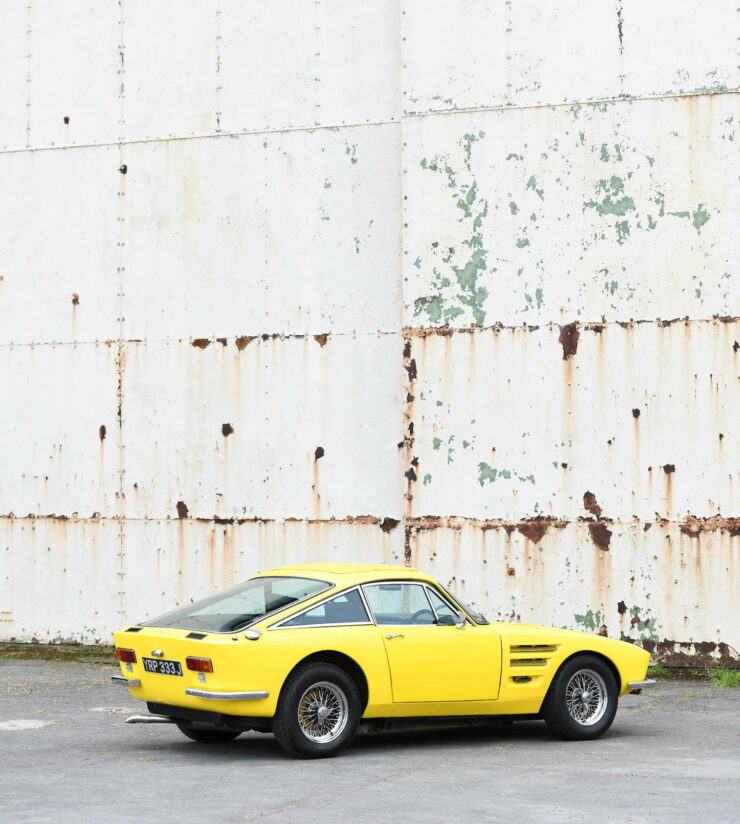

It’s believed that this car was owned (from two years old) by an Essex-based millionaire, known in collector circles by its license plate “YRP 333J,” the car is available as a scale model by Esval.
The car was given an extensive restoration back in the mid-to-late 1990s and it comes with an extensive history file containing bills, invoices, and photographs.
It’s now due to be auctioned by Bonhams at their Goodwood Festival of Speed sale on the 14th of July in Chichester, England with a price guide of £18,000 – £25,000 and no reserve. If you’d like to read more about it or register to bid you can visit the listing here.
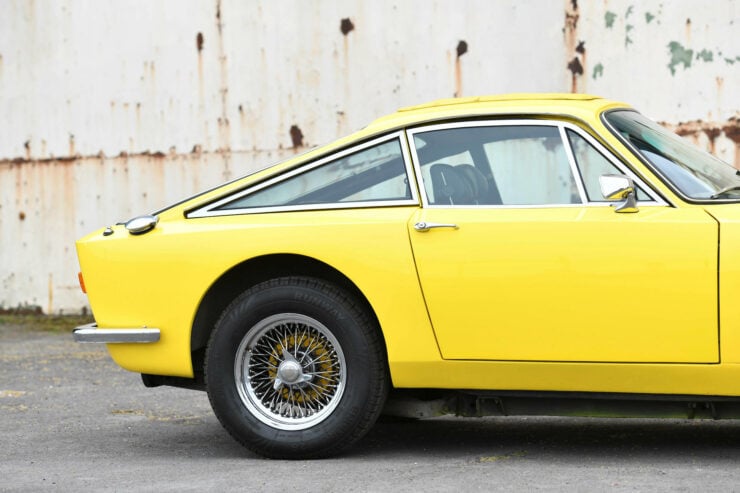
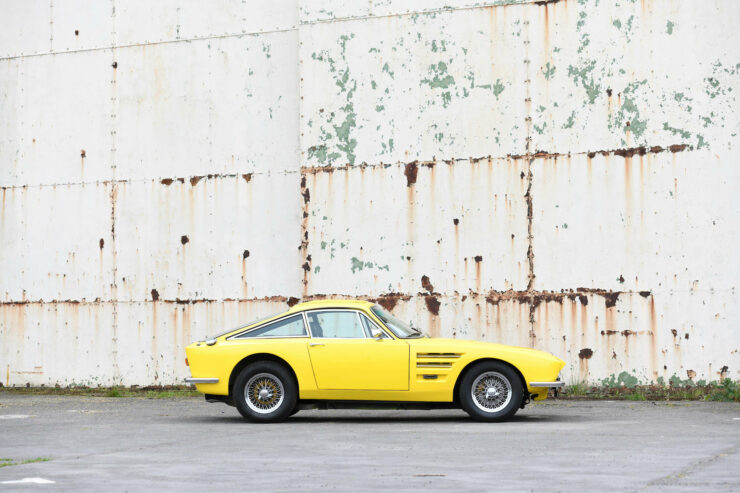
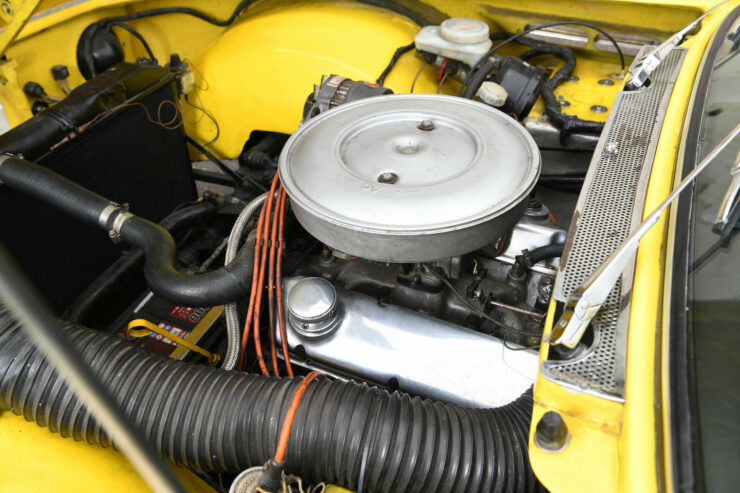
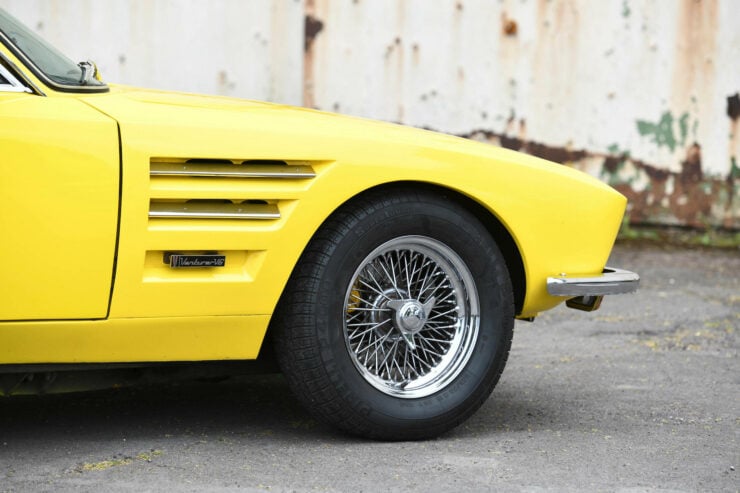
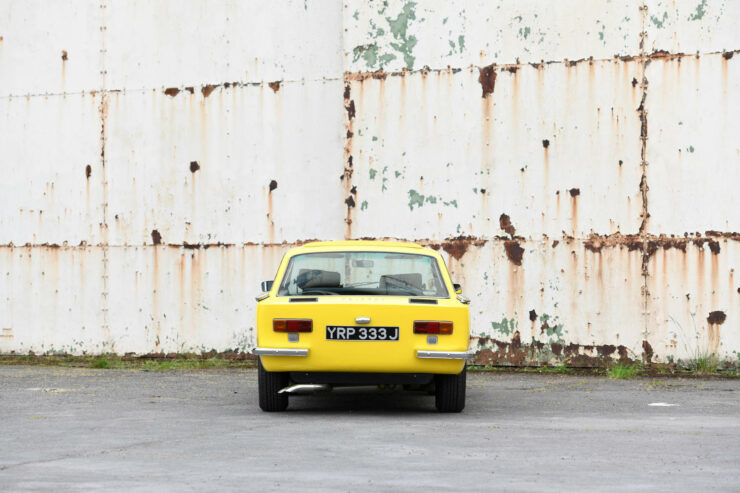
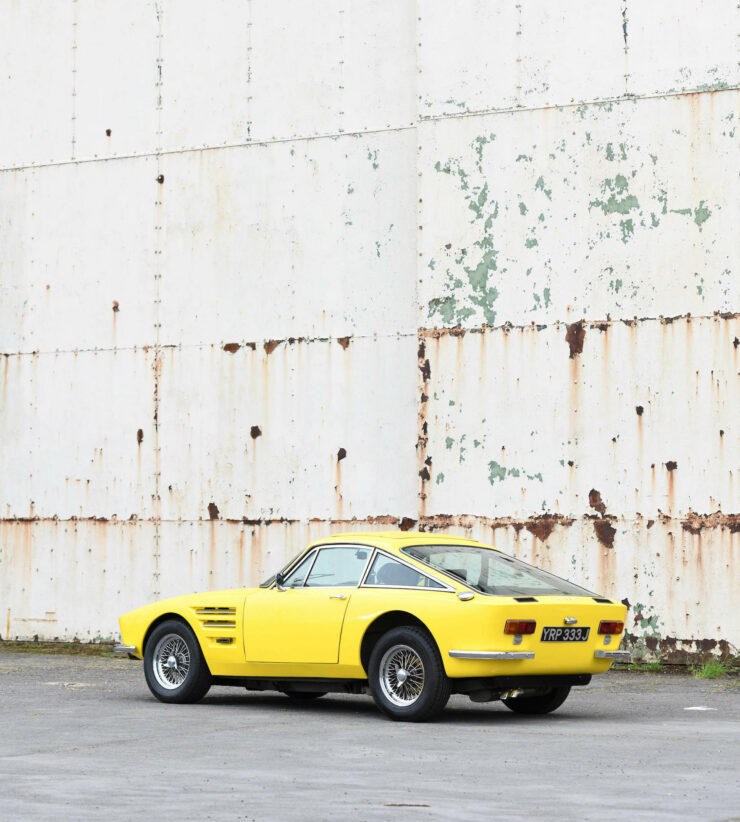
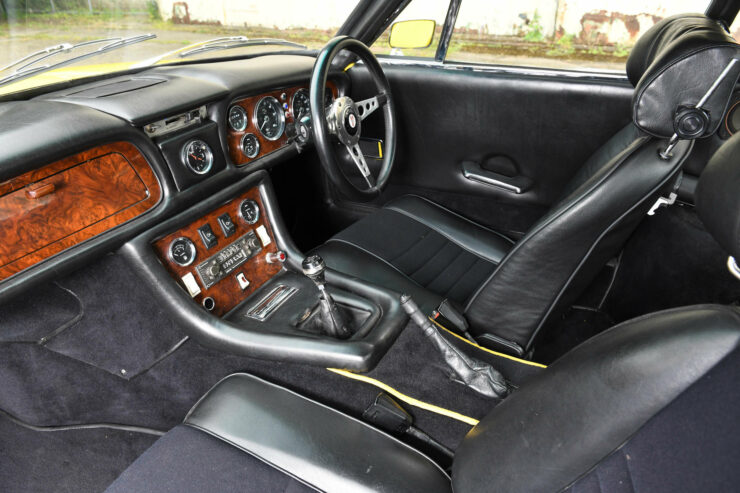

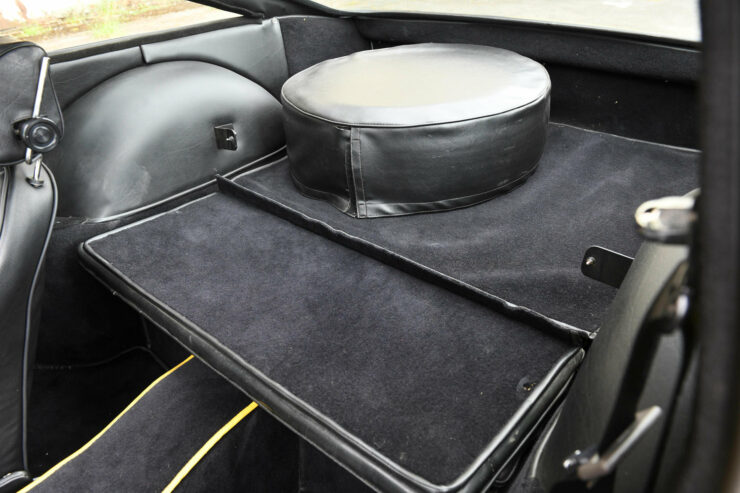
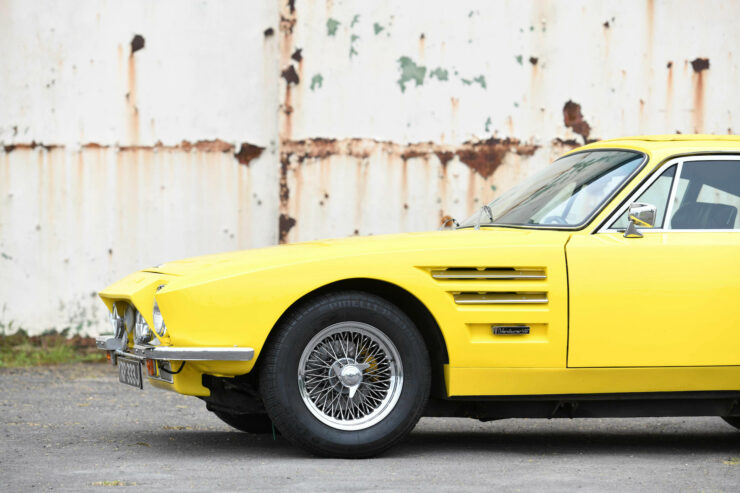

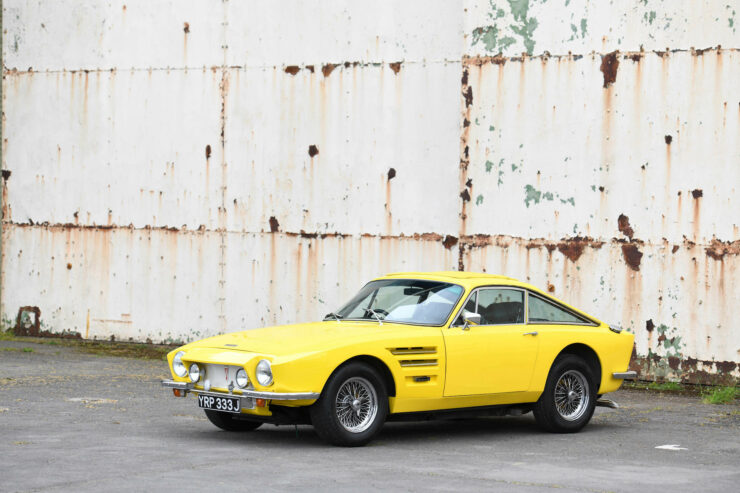


Images courtesy of Bonhams

